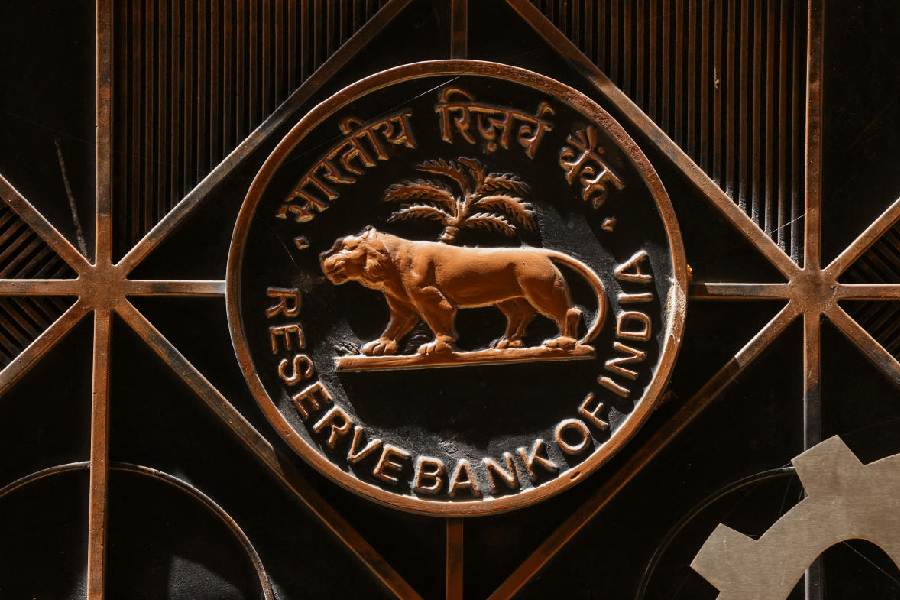The Reserve Bank of India (RBI) is widely expected to retain the policy repo rate at 6.50 per cent for the ninth consecutive time on Thursday with retail inflation staying above its mandated target of 4 per cent due to firm food prices.
Economists feel the monetary policy committee (MPC) — meeting from August 6 to August 8 — will again be divided in the ratio of 4:2 in favour of keeping the benchmark rate the same and maintaining the policy stance as withdrawal of accommodation.
At its last meet, two external members — Jayanth Varma and Ashima Goyal — had voted for a cut in the repo rate by 25 basis points and revising the stance to neutral.
However, the others had voiced their concern about unrelenting food inflation.
The meeting comes at a time the markets expect the US Federal Reserve to start cutting interest rates beginning next month. The only disagreement is about the extent of such a reduction.
The US central bank has raised borrowing costs on 11 occasions during the tightening cycle which began in March 2022. It has left interest rates steady in nine of the last 10 meetings. On Tuesday, the Bank of England reduced interest rate by 25 basis points to 5 per cent.
While these developments have increased pressure on the RBI to look at easing rates, the central bank is unlikely to budge given firm food prices. Headline CPI inflation rose to 5.08 per cent in June against 4.80 per cent in the previous month.
RBI governor Shaktikanta Das has on numerous occasions said India’s monetary policy decisions are not guided by what happens in the West and that any reduction will happen only if inflation stays close to the 4 per cent target on a durable basis.
“The RBI is likely to pause as food price movements currently are imparting a positive bias to RBI’s 4.5 per cent projection. Likely prospects of an excess rainfall in August and September could also have a debilitating impact on food prices’’, a note from SBI’s economic department said.
With the central bank largely expected to adopt a status-quo on August 8, economists are pencilling in a cut only in the last quarter of this calendar year or in January-March 2025.
According to Aditi Nayar, chief economist, Icra, if food inflation outlook turns favourable following a normal distribution of rains in the second half of the monsoon season, and in the absence of global or domestic shocks, the MPC could change its stance in October 2024.
She added that this could be followed by a 25 bps rate cut each in December 2024 and February 2025. Subsequently, the RBI could go in for an extended pause.










